Syringic acid
Synonym(s):3,5-Dimethoxy-4-hydroxybenzoic acid;3,5-Dimethoxy-4-hydroxybenzoic acid, Syringic acid;4-Hydroxy-3,5-dimethoxybenzoic acid;4-Hydroxy-3,5-dimethoxy-benzoic acid;Gallic acid 3,5-dimethyl ether
- CAS NO.:530-57-4
- Empirical Formula: C9H10O5
- Molecular Weight: 198.17
- MDL number: MFCD00002552
- EINECS: 208-486-8
- SAFETY DATA SHEET (SDS)
- Update Date: 2024-12-18 14:07:02

What is Syringic acid?
Description
Syringic acid is a naturally occurring O-methylated phenolic acid that can be enzymatically degraded by some bacteria as a source of methane or methanol. It is also a component of phenolic extracts from various plants that have antioxidant and prooxidant activities. Syringic acid has been shown to inhibit aldose reductase (IC50 = 213 μg/ml), proteasome activity, and cancer cell proliferation. Phenolic extracts containing syringic acid have been shown to inhibit α-amylase and α-glucosidase activities and reduce lipid peroxidation in vitro.
Chemical properties
light brown powder
The Uses of Syringic acid
antiproliferative; antifungal
The Uses of Syringic acid
Syringic Acid is used in biological studies for electron transfer from plant phenolates to carotenoid radical cations with antioxidant interaction entering the Marcus theory inverted region.
Definition
ChEBI: A dimethoxybenzene that is 3,5-dimethyl ether derivative of gallic acid.
Natural occurence
Syringic acid can be found in several plants including Ardisia elliptica and Schumannianthus dichotomus.
Synthesis
Syringic acid can be prepared by selectively hydrolyzing (demethylating) eudesmic acid with 20% sulfuric acid.
Purification Methods
Recrystallise syringic acid from H2O using charcoal [Bogert & Coyne J Am Chem Soc 51 571 1929, Anderson & Nabenhauer J Am Chem Soc 48 3001 1926.] The methyl ester has m 107o (from MeOH), the 4-acetyl derivative has m 190o and the 4-benzoyl derivative has m 229-232o. [Hahn & Wassmuth Chem Ber 67 2050 1934, UV: Lemon J Am Chem Soc 69 2998 1947 and Pearl & Beyer J Am Chem Soc 72 1743 1950, Beilstein 10 IV 1995.]
Properties of Syringic acid
| Melting point: | 205-209 °C (lit.) |
| Boiling point: | 192-193°C 14mm |
| Density | 1.2539 (rough estimate) |
| refractive index | 1.4570 (estimate) |
| Flash point: | 192-193°C/14mm |
| storage temp. | Store below +30°C. |
| solubility | DMSO (Slightly), Methanol (Slightly) |
| pka | 4.33±0.10(Predicted) |
| form | Powder |
| color | Grayish-beige to light brown |
| Water Solubility | 5780 mg/L (25 ºC) |
| BRN | 2115262 |
| Stability: | Stable. Incompatible with strong bases, strong oxidizing agents. |
| CAS DataBase Reference | 530-57-4(CAS DataBase Reference) |
| NIST Chemistry Reference | Benzoic acid, 4-hydroxy-3,5-dimethoxy-(530-57-4) |
| EPA Substance Registry System | Syringic acid (530-57-4) |
Safety information for Syringic acid
| Signal word | Warning |
| Pictogram(s) |
 Exclamation Mark Irritant GHS07 |
| GHS Hazard Statements |
H315:Skin corrosion/irritation H319:Serious eye damage/eye irritation H335:Specific target organ toxicity, single exposure;Respiratory tract irritation |
| Precautionary Statement Codes |
P261:Avoid breathing dust/fume/gas/mist/vapours/spray. P264:Wash hands thoroughly after handling. P264:Wash skin thouroughly after handling. P271:Use only outdoors or in a well-ventilated area. P280:Wear protective gloves/protective clothing/eye protection/face protection. P302+P352:IF ON SKIN: wash with plenty of soap and water. P305+P351+P338:IF IN EYES: Rinse cautiously with water for several minutes. Remove contact lenses, if present and easy to do. Continuerinsing. |
Computed Descriptors for Syringic acid
| InChIKey | JMSVCTWVEWCHDZ-UHFFFAOYSA-N |
Syringic acid manufacturer
PUNJAB CHEMICALS AND CROP PROTECTION LTD
PSN Medicare Private Limited
New Products
(S)-3-Aminobutanenitrile hydrochloride 4-Methylphenylacetic acid N-Boc-D-alaninol N-BOC-D/L-ALANINOL Tert-butyl bis(2-chloroethyl)carbamate 3-Morpholino-1-(4-nitrophenyl)-5,6-dihydropyridin- 2(1H)-one Furan-2,5-Dicarboxylic Acid Tropic acid 1-Bromo-3,5-Di-Tert-Butylbenzene S-2-CHLORO PROPIONIC ACID ETHYL ISOCYANOACETATE 2-Bromo-1,3-Bis(Dimethylamino)Trimethinium Hexafluorophosphate 4-IODO BENZOIC ACID 3-NITRO-2-METHYL ANILINE 1-(2,4-DICHLOROPHENYL) ETHANAMINE (2-Hydroxyphenyl)acetonitrile 4-Bromopyrazole 2-(Cyanocyclohexyl)acetic acid 4-methoxy-3,5-dinitropyridine 1-(4-(aminomethyl)benzyl)urea hydrochloride 2-aminopropyl benzoate hydrochloride diethyl 2-(2-((tertbutoxycarbonyl)amino) ethyl)malonate tert-butyl 4- (ureidomethyl)benzylcarbamate Ethyl-2-chloro((4-methoxyphenyl)hydrazono)acetateRelated products of tetrahydrofuran
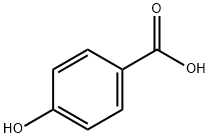
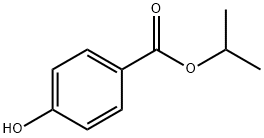

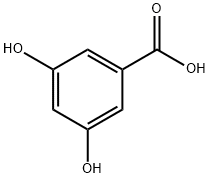
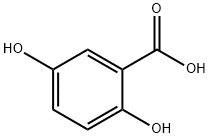


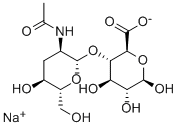
You may like
-
 530-57-4 3,5- Dimethoxy -4-hydroxy benzoic Acid; Syringic acid 98%View Details
530-57-4 3,5- Dimethoxy -4-hydroxy benzoic Acid; Syringic acid 98%View Details
530-57-4 -
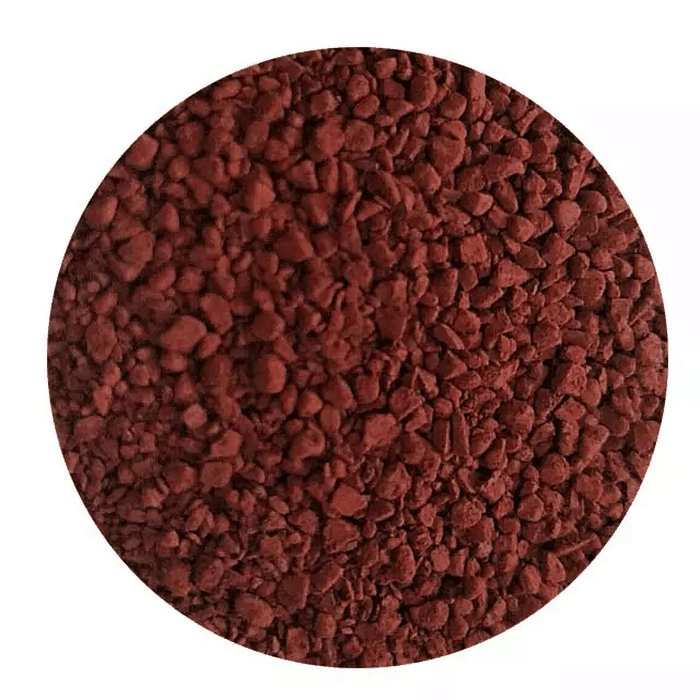 530-57-4 98%View Details
530-57-4 98%View Details
530-57-4 -
 Syringic Acid CAS 530-57-4View Details
Syringic Acid CAS 530-57-4View Details
530-57-4 -
 Syringic acid, 98% CAS 530-57-4View Details
Syringic acid, 98% CAS 530-57-4View Details
530-57-4 -
 Syringic Acid CAS 530-57-4View Details
Syringic Acid CAS 530-57-4View Details
530-57-4 -
 4-Hydroxy-3,5-Dimethoxy Benzoic Acid 99%View Details
4-Hydroxy-3,5-Dimethoxy Benzoic Acid 99%View Details -
 Syringic acid 96% CAS 530-57-4View Details
Syringic acid 96% CAS 530-57-4View Details
530-57-4 -
 Syringic acid CAS 530-57-4View Details
Syringic acid CAS 530-57-4View Details
530-57-4